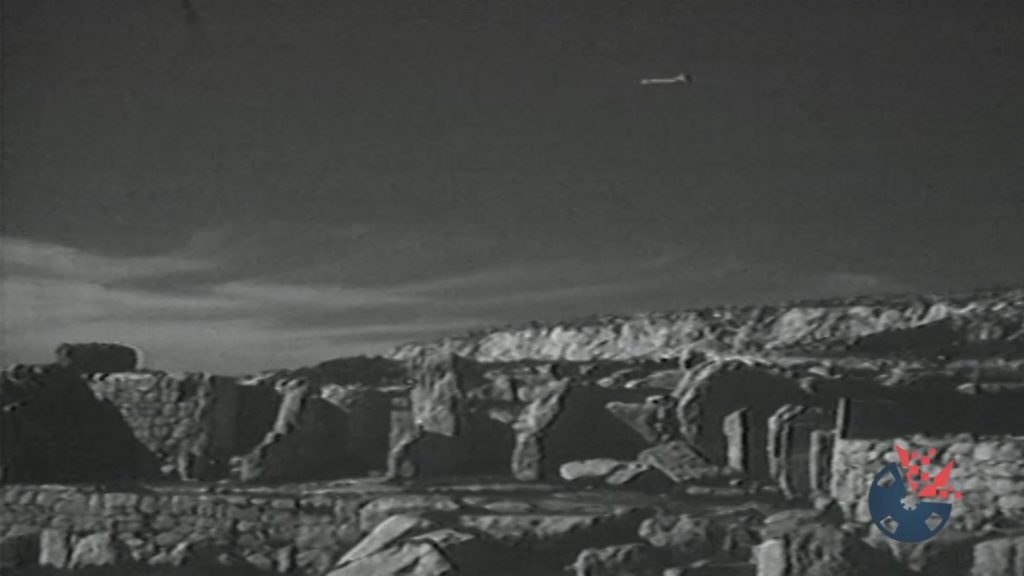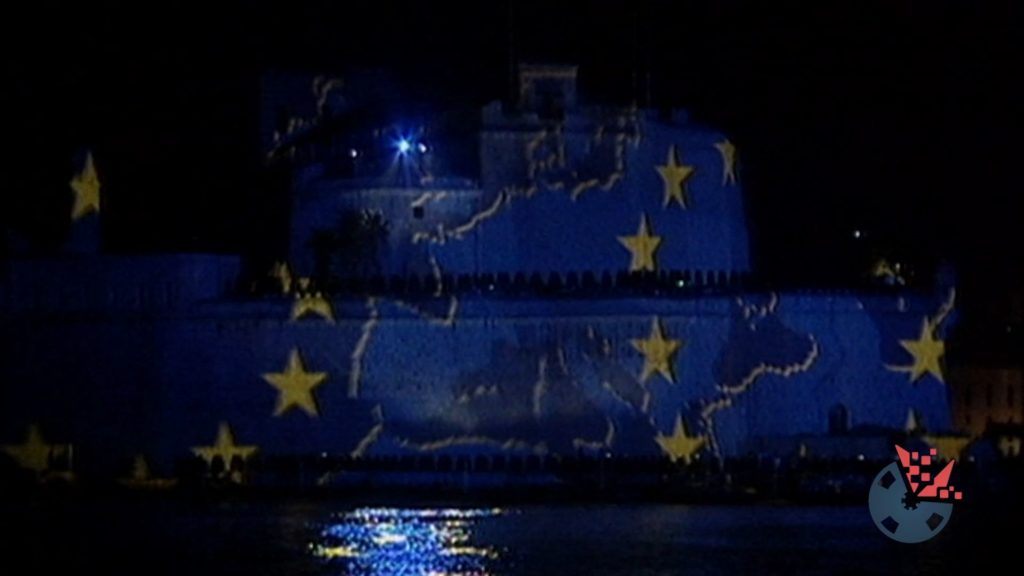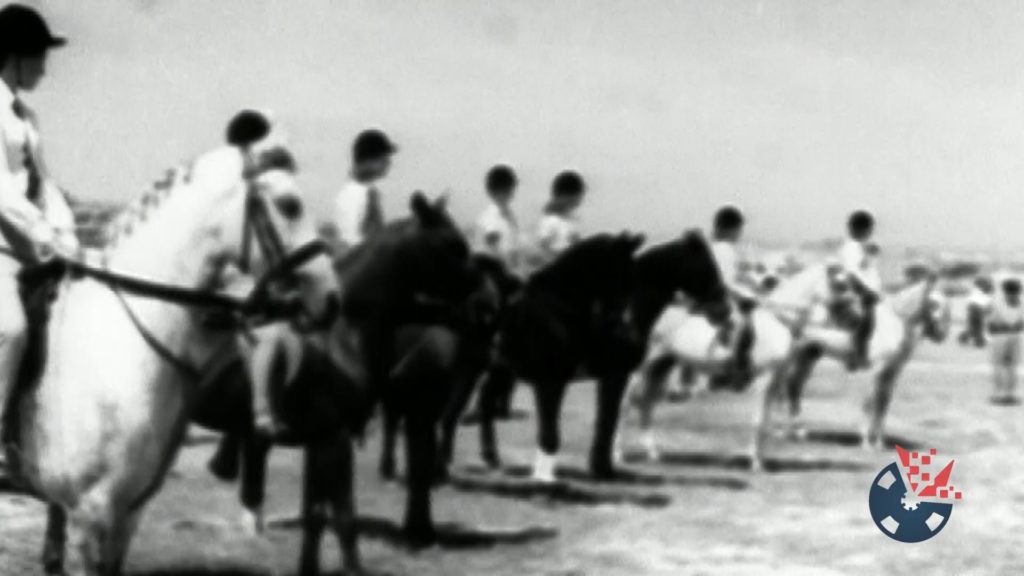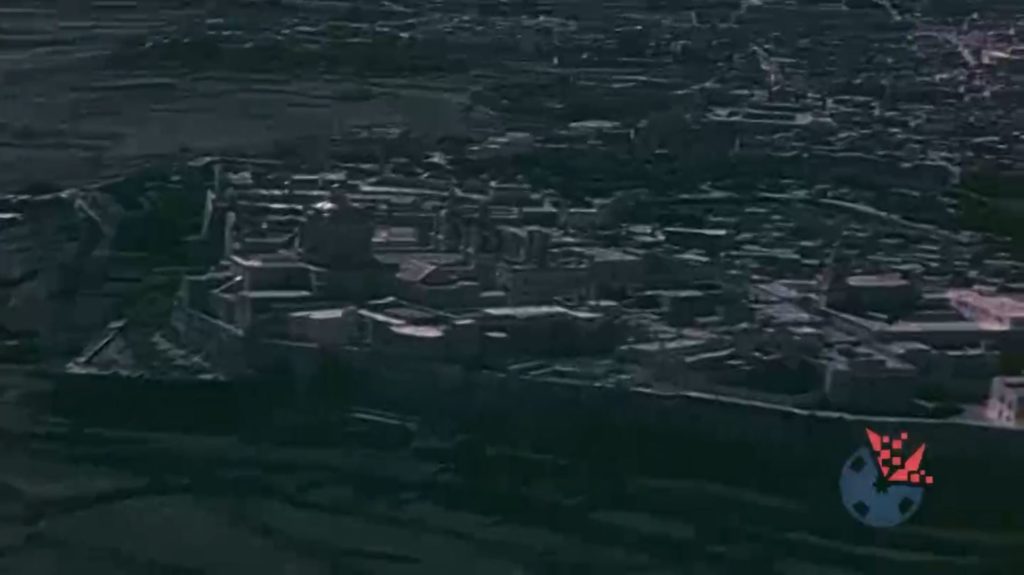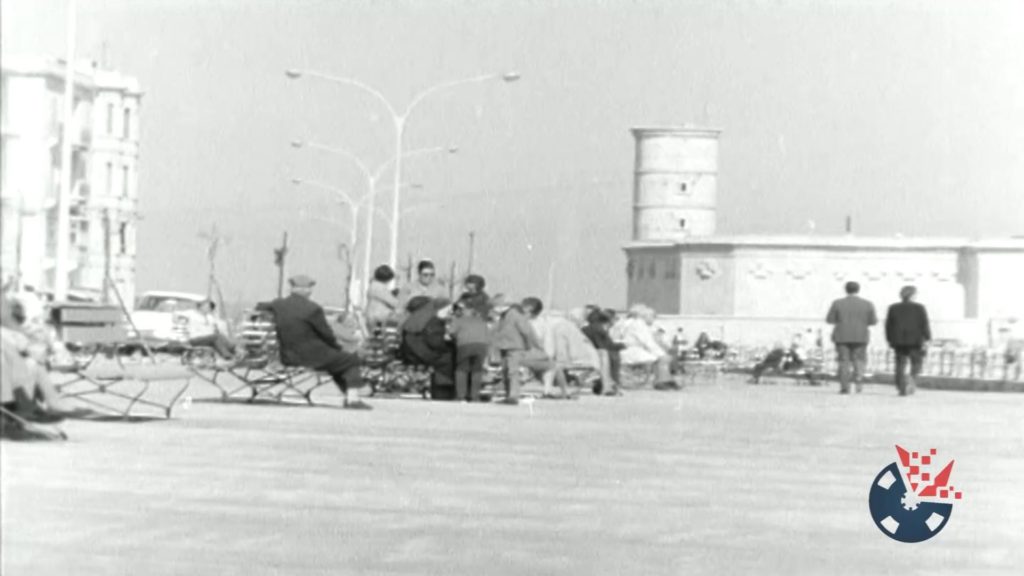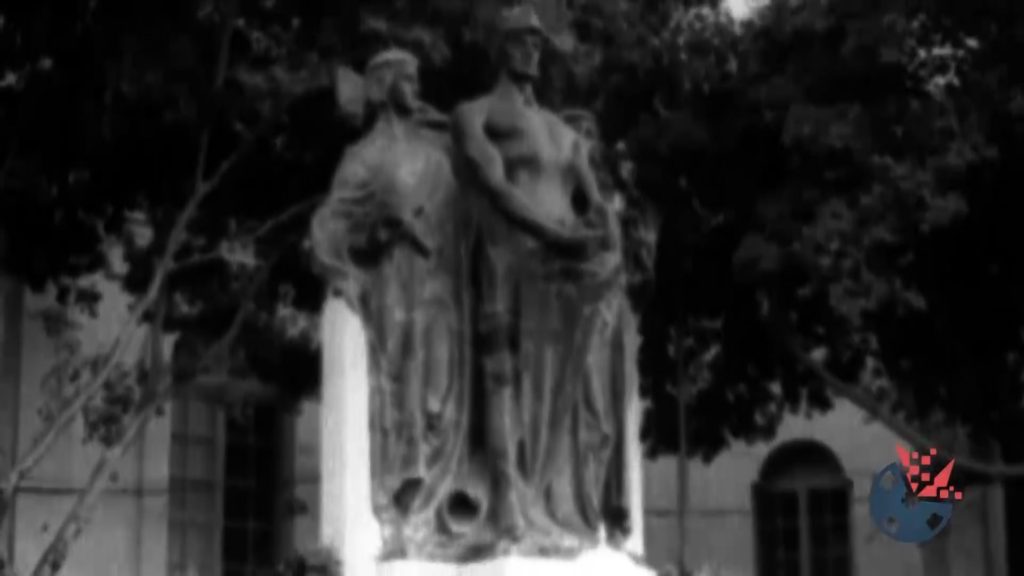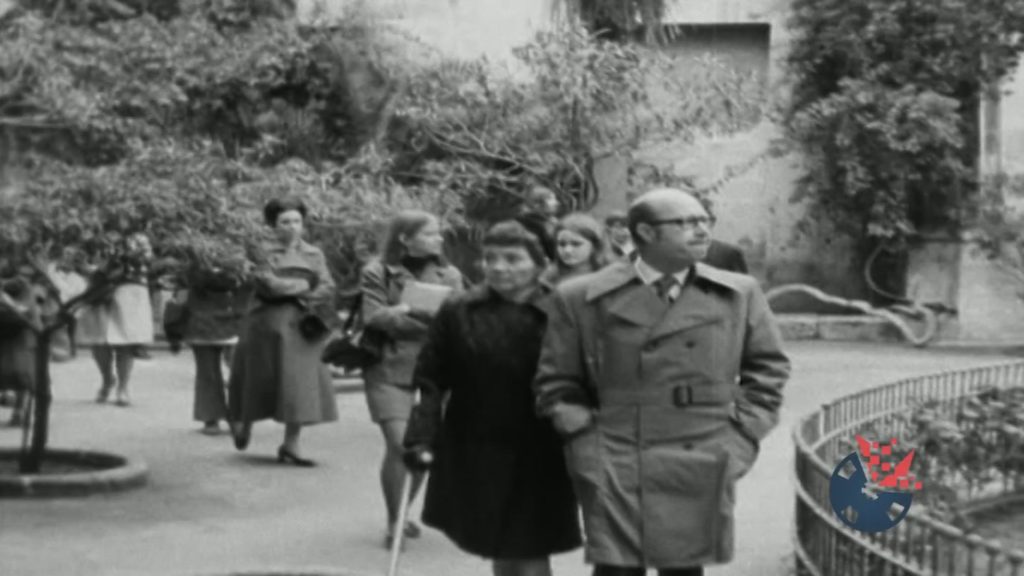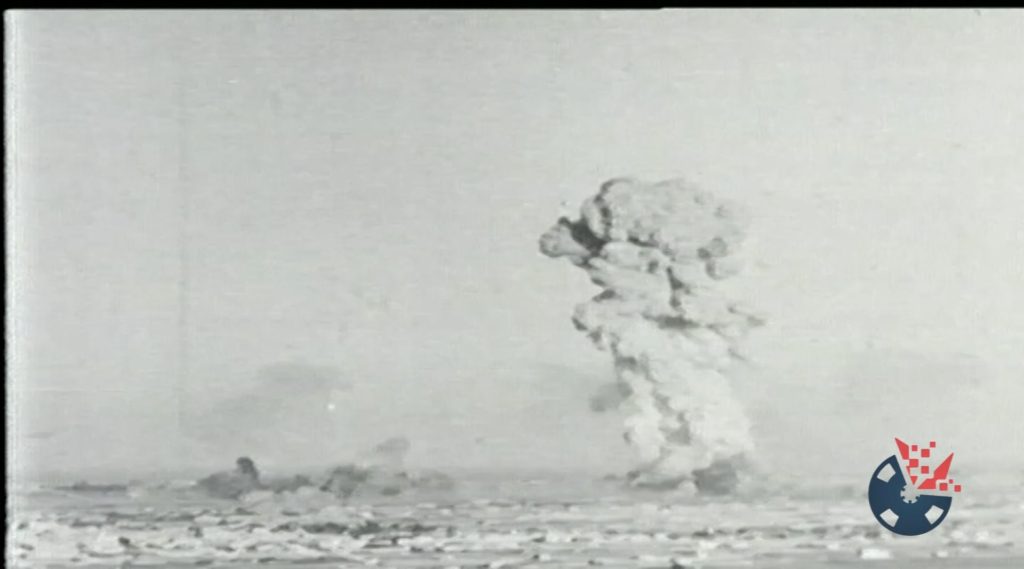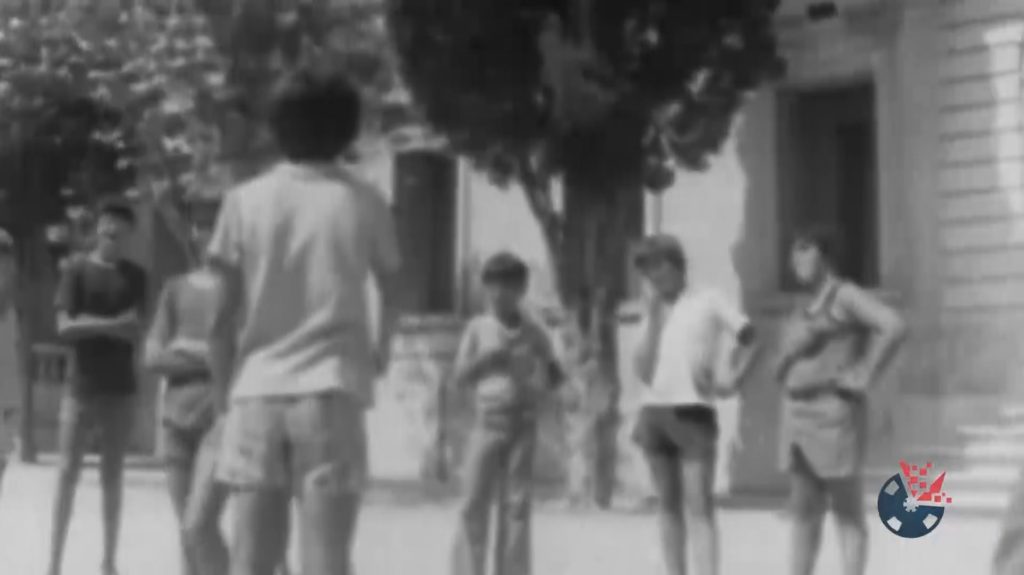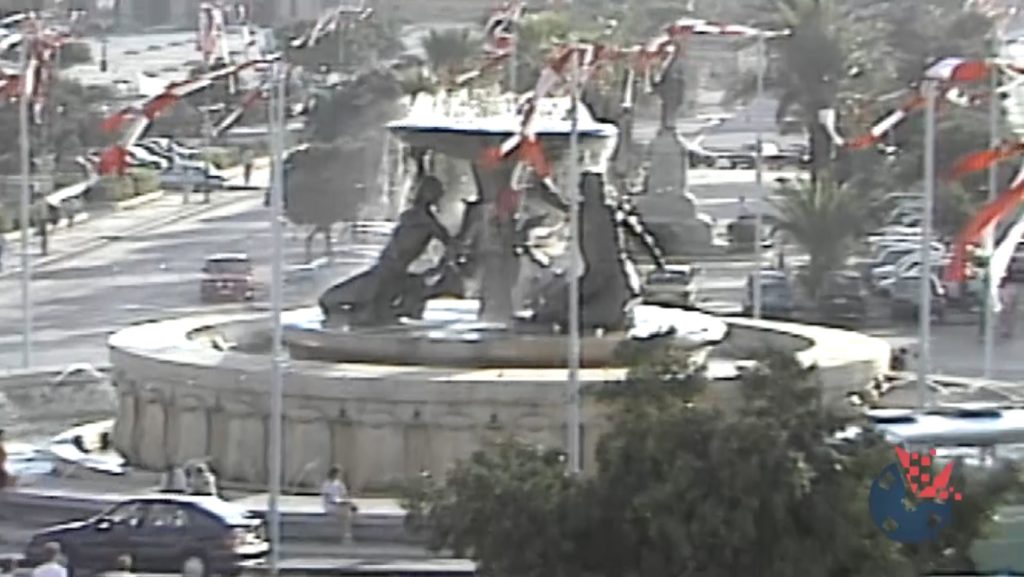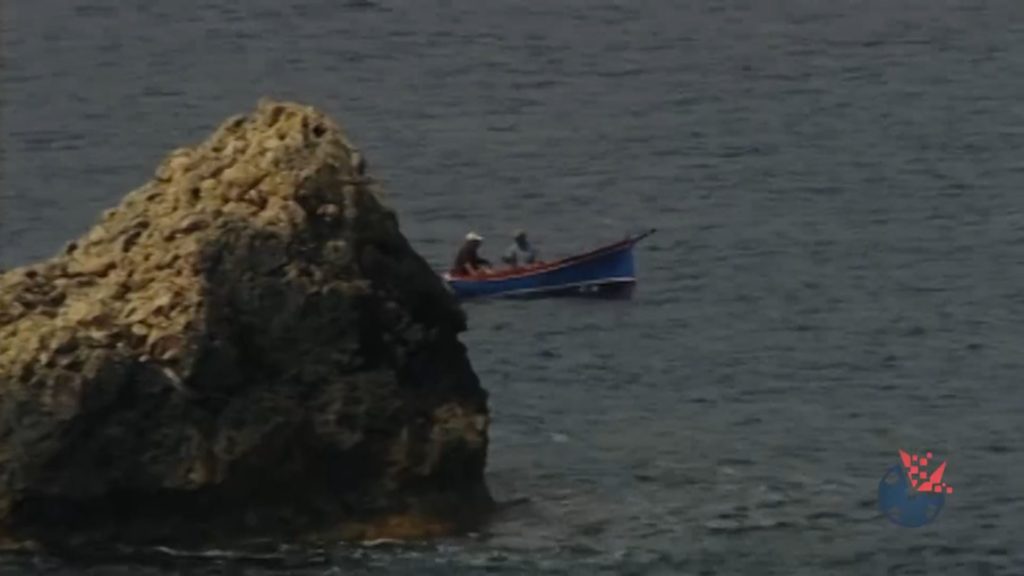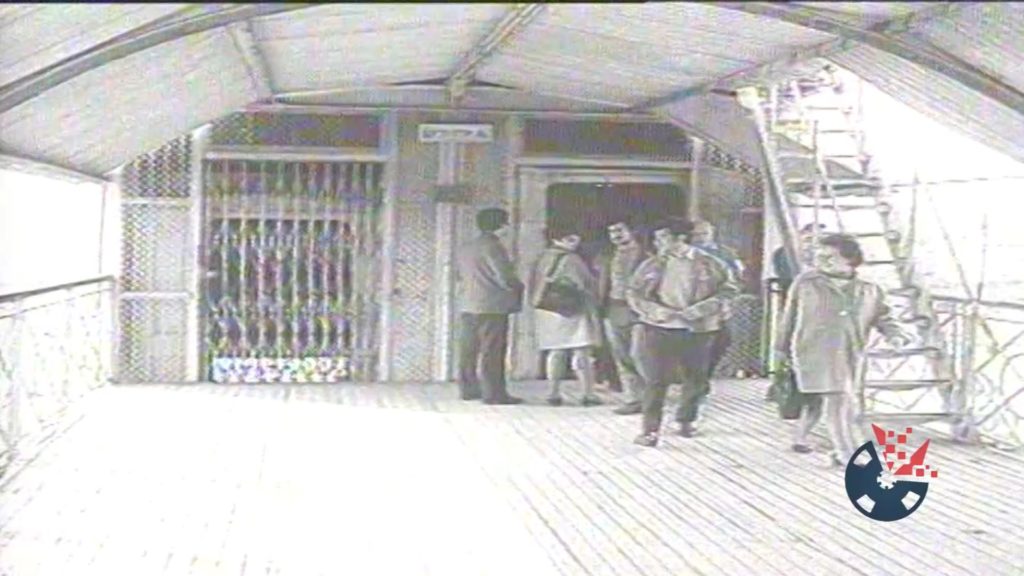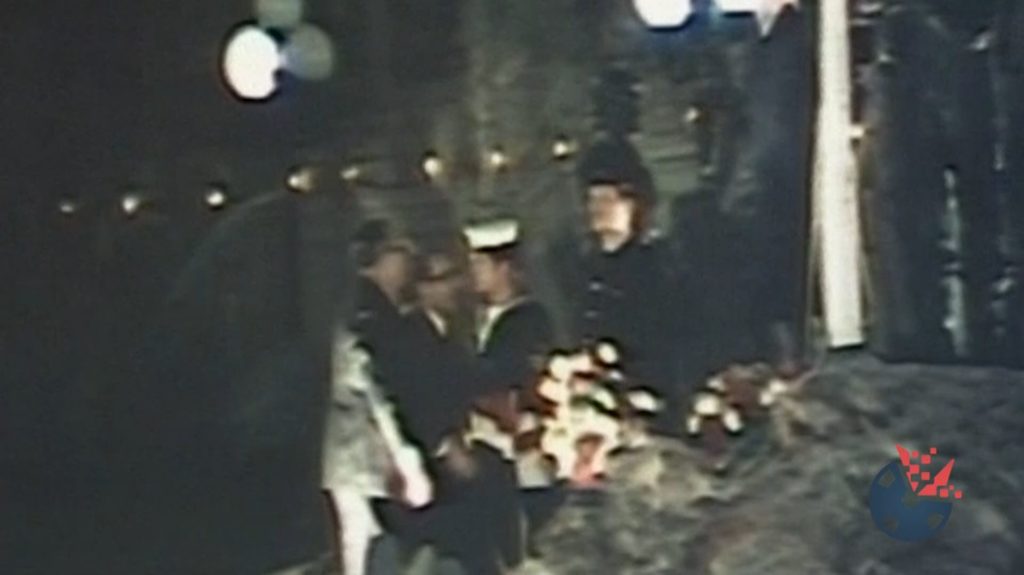Description
The Skorba temples are megalithic remains on the northern edge of Zebbiegh and provides an insight into the earliest periods of Malta’s neolithic culture.
The site was only excavated in the early 1960s, rather late in comparison to other megalithic sites, some of which had been studied since the early 19th century.
It’s importance has led to its listing as a UNESCO World Heritage Site, a listing it shares with six other megalithic temples in Malta.
The excavation work featured in our archive footage was carried out using modern methods of dating and analysis.
The temple itself is not in good condition, especially in comparison to the more complete temples of Ħaġar Qim and Tarxien.
However, the importance of the site does not lie in the actual remains but rather in what was discovered during their excavation.
The Żebbiegħ area around Skorba appears to have been inhabited very early in the Neolithic period.
Deposits of charcoal were discovered at the site in the 1960s which carbon analysis dated to 4850 BC.
When the eminent Maltese historian Sir Temi Zammit excavated the nearby temples of Ta’ Ħaġrat, only a single upright slab protruded from a small mound of debris on the Skorba site.
Although it was included on the Antiquities List of 1925, archeologists ignored the area until David Trump excavated it between 1960 and 1963.
Mr Trump was a British archaeologist known for his passion of Maltese prehistory.
He took part in the excavation of several important sites including Ġgantija and the Xagħra Stone Circle.
He was a curator at the National Museum of Archaeology in Valletta from 1958 until 1963.

